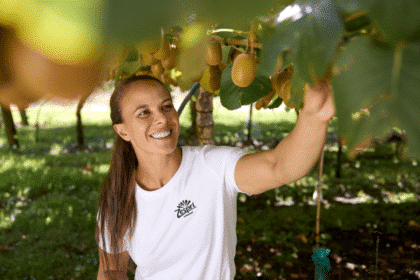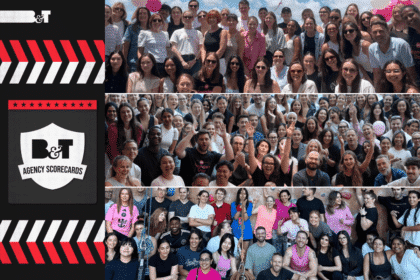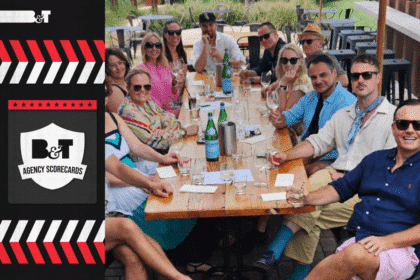In his latest post for B&T, founder of CHANGE lead | Practical Digital, Adjunct Professor David Banger (pictured below), offers easy tips for the difficult task of innovation…
The terms innovation and disruption are overused and interchanged within organisations, often creating confusion. Organisations need to simplify their thinking and language to both; with disruption being an industry occurrence and innovation happening within an organisation. Therefore, when a group of organisations fail to innovate within their industry continually, the greater the probability of the disruption. Metaphorically speaking; keeping up with the Jones’ is potentially a recipe for disruption if there is a lack of innovation incurring within your neighbours.
Further, the speed for industry change and expectation of customers will not subside, industry analysis indicates that 40 per cent of customers in 2020 know of only an internet world. We now live in a world of everything being searchable, and the past points of differentiation are no longer sustainable. Branded products are no longer valued as they were are; independent reviews effectively value them. The global marketplace has eroded past points of differentiation, such as employee capability, this is now easily replicated or bettered, as well as being the lowest cost is probably not sustainable either.
Innovation for organisations is no longer optional, and the challenge is how to innovate. Many employees are not innate innovators and replicating the practices of start-up companies when you are not one is unlikely to change things. Applying a structured approach to innovation will deliver improved outcomes; achieved through identifying communities within an organisation, establishing areas of focus and the effort. Innovation outcomes occur over three horizons, ideas that make sense to implement now, concrete suggestions that could be implemented within a year and dreams that occur over several years.
Who is involved in what?

All employees should be encouraged to suggest ideas and thinking directed to several areas. Simplifying tasks are obvious; tasks that are high volume and not complicated are places to start. Could some of these tasks be eliminated or automated? Processes are another, often localised by departments or teams within an organisation created complexity and points of failure. Simple, consistent internal processes are likely to enable better customer experiences. Data, what data is useful and what is diluting or polluting this, strive to create insights. Teams should be aware of the temptation of ‘just gathering and then managing data’. They are to explore how they can continue to glean intelligence from it.
A selected group of employees with some external vendors are best to implement these ideas. The ideas are likely to fall into the do now or concrete suggestions categories, ensure that these endeavours not forecasted to take longer than a year as if they are, they are likely to drift. These incremental innovations will add up over time and may take you beyond the Jones’.
To avert the threat of disruption, what is the long-term innovation dream? Elon Musk at Tesla famously shared; “Our goal when we created Tesla a decade ago was the same as it is today: to accelerate the advent of sustainable transport by bringing compelling mass-market electric cars to market as soon as possible.” Tesla had three clear phases to the plan and iterated it as the market changed, they acknowledged that a single leap into their desired future was not possible. Each phase of the plan fed into the next.
Tesla began with the Roadster a high price and low volume vehicle showing the world you could make an electronic car. The Tesla Model S followed being a lower price and mid-volume car; that took the learnings from the Roadster and applied them to an everyday sedan electric car. Something changed in the market with customers being interested in SUVs as much as sedans. Tesla tweaked its plan with the Model X introduced to meet those expectations. The revenue from both vehicles helped the next stage of innovation; the Tesla Model 3, an affordable price and high-volume car.
Telsa is a good example of a dream with a plan, iterating each phase. It is likely for an organisations dream, a phased plan with partners will be required. These partners with specialist employees will execute the plan. A partner generally has a key capability or is a vendor who has graduated to a trusted partner due to their track record of delivery. However consider your partners carefully, as those partners overtime may become competitors as they acquire knowledge through their involvement within your business and industry.








